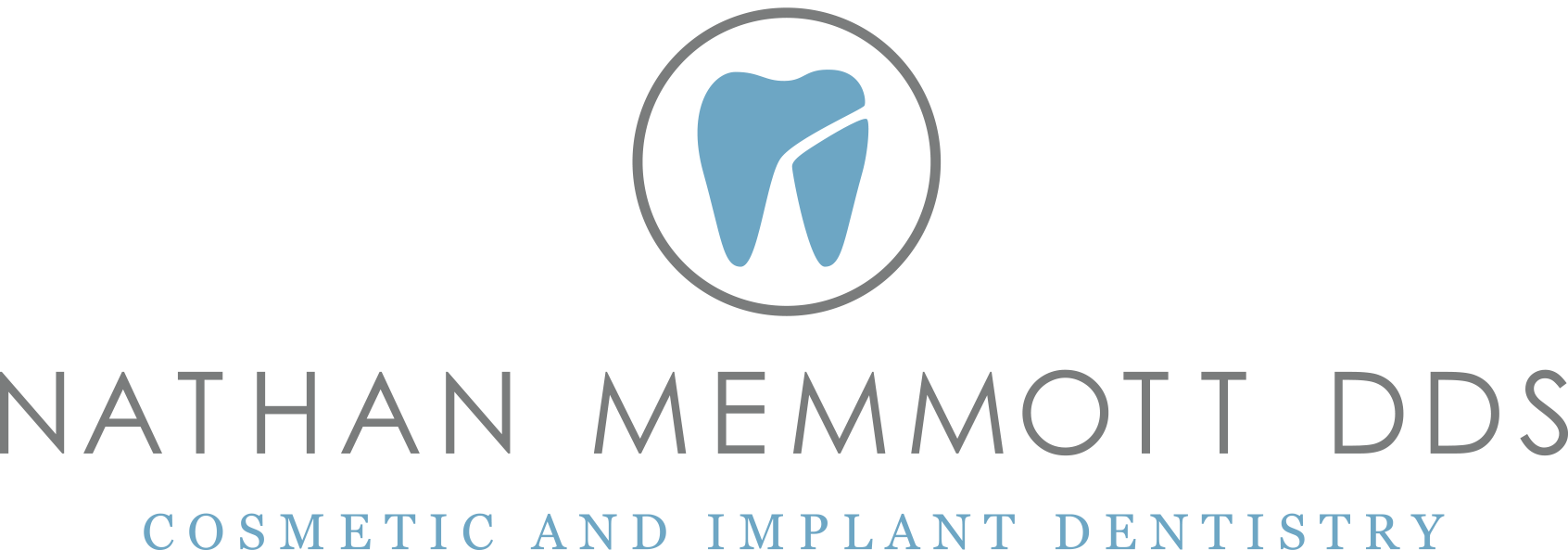DIGITAL X-RAYS
NEW PATIENTS
Digital radiographs, commonly known as x-rays, are a vital diagnostic & assessment tool for dentists. We offer modern digital x-rays at our practice, both for your convenience & for efficiency of treatment.
Welcome to Nathan Memmott DDS Cosmetic & Implant Dentistry in Spring, TX! We’re delighted to provide you with life-changing, excellent dental care in a comfortable and welcoming space. Dr. Memmott and our team of experienced dental professionals will work with you to create a personalized smile design plan to meet your oral health concerns and personal goals (including same-day dentures!)
In the past, dental x-rays were captured using a film process similar to an analog photograph. With the advent of digital imaging, computerized radiography has become the dental industry standard. Digital x-rays require up to 90% less radiation than conventional film-type x-rays, which were already fairly low risk to begin with. Instead of using the traditional silver-oxide x-ray film, which must be developed & then fixed in caustic & environmentally damaging solutions, the new system takes pictures via a small electronic sensor.
What Is A Digital X-Ray?
X-rays, also known as radiographs, have long been part of preventive care in dentistry. X-rays are a form of electromagnetic radiation that is invisible to human eyes. When scientists first discovered evidence of these electromagnetic rays, they weren’t sure what they were, so they called them x-rays, & the name stuck.
X-rays can pass through the soft tissues of the face & mouth (lips, cheeks, etc.) but are absorbed by the hard material of teeth & bone. This allows the dentist to see potential oral health issues that may not be easily visible from the outside. X-rays are used primarily to find cavities, but dentists also use them to look at tooth roots, to evaluate the health of the bone surrounding the tooth, to assess possible periodontal (gum) disease problems, to analyze tooth & jaw positioning & to keep track of development in younger patients.
Type of Dental Digital X-Rays
While there are several types of dental x-rays (including periapical & full-mouth), the most common kind of dental x-rays are called bite-wing x-rays, based on the wing shape of the films that were once used. These x-rays are done while you’re in the dental chair & capture an image of several teeth at a time, roots included. A dental team member will place a sensor in a certain part of your mouth & ask you to bite down while they aim a tube-shaped device at your face. This is the x-ray emitter, which sends the x-rays through your tissues & onto the sensor in your mouth. No light or heat will come from the emitter. There is usually no discomfort associated with getting dental x-rays.
The Advantage of Modern Digital X-Rays
One other big advantage of modern digital x-rays over the old film type is the lack of a lag time between taking the x-rays & being able to examine them. The x-ray picture of the tooth can be instantaneously transmitted onto a monitor in the treatment room so we can see your teeth & surrounding structures while you’re still in the chair. The immediacy of digital x-rays allows the dentist to assess the health of your teeth & identify potential problems right away. The dentist can easily point out potential trouble spots to you, allowing you to see & understand your oral health condition as the dentist explains it. The digital files are also easy to share with any other dental professionals who might be involved in your care in the future.
A Comfortable Experience For All
We strive to make your smile experience as comfortable and stress-free as possible. Dr. Memmott will take extra care to ensure you feel relaxed and at ease throughout your visit. Our comfortable waiting area and state-of-the-art treatment rooms are designed to provide a calming atmosphere, and our friendly staff will go out of their way to make you feel comfortable and well-informed. In-house oral conscious sedation is available for most procedures.



